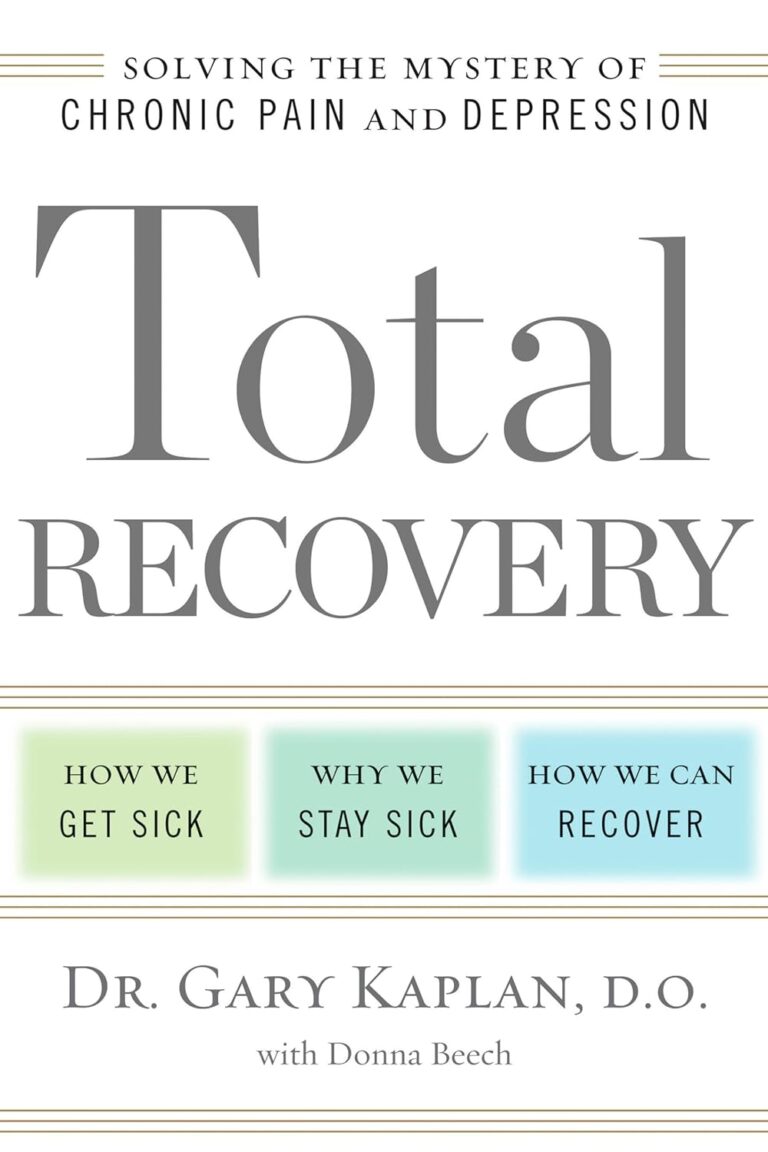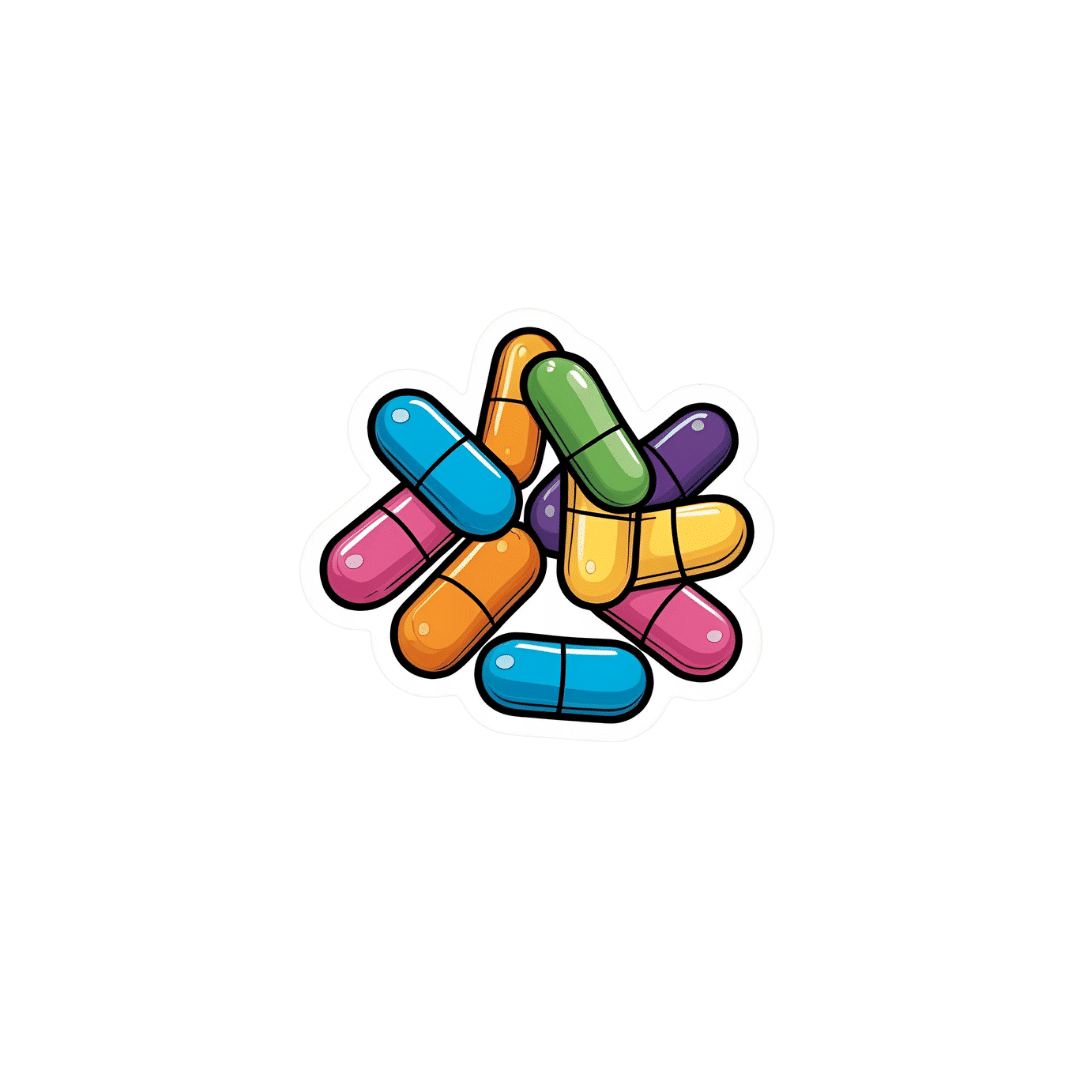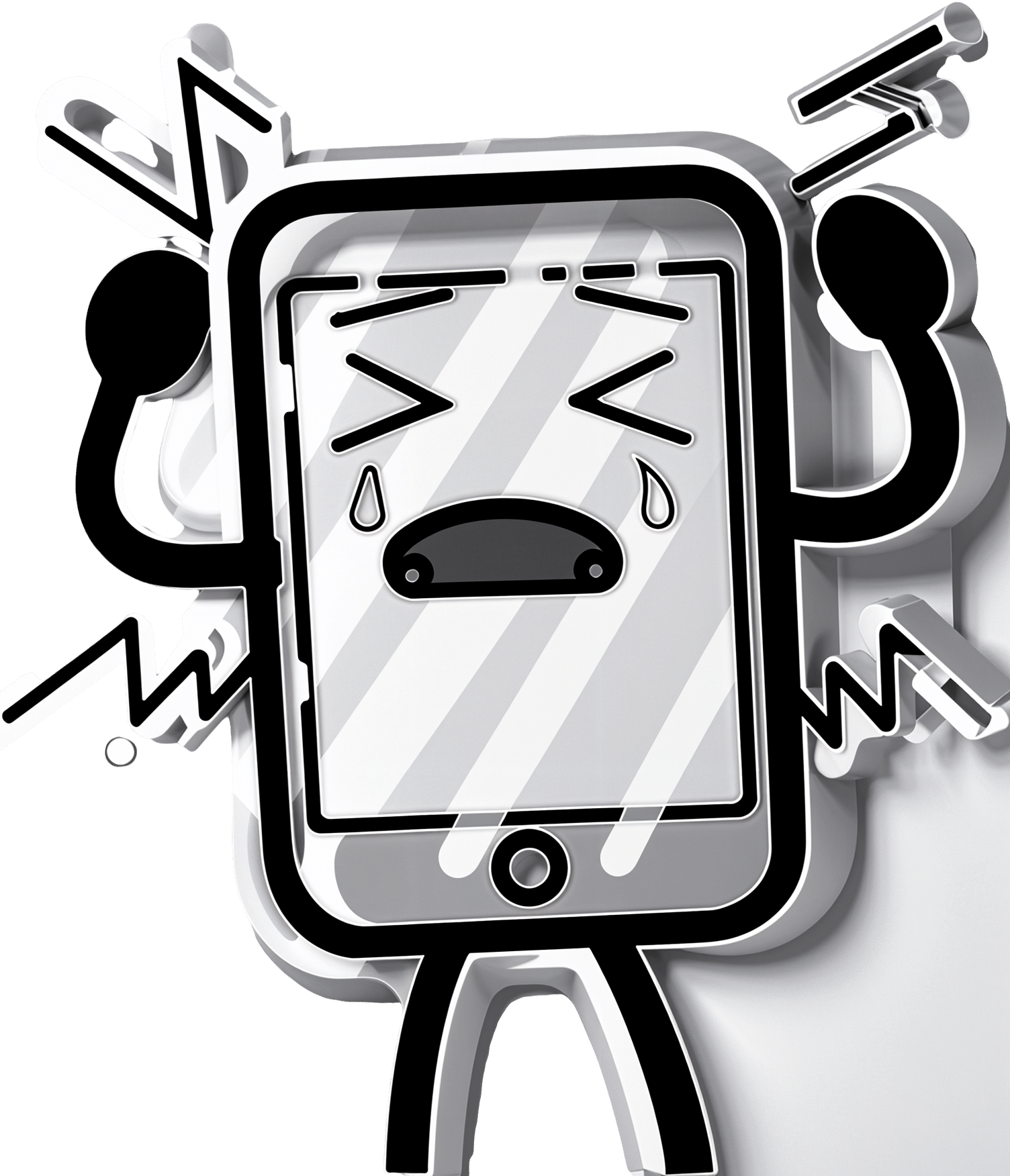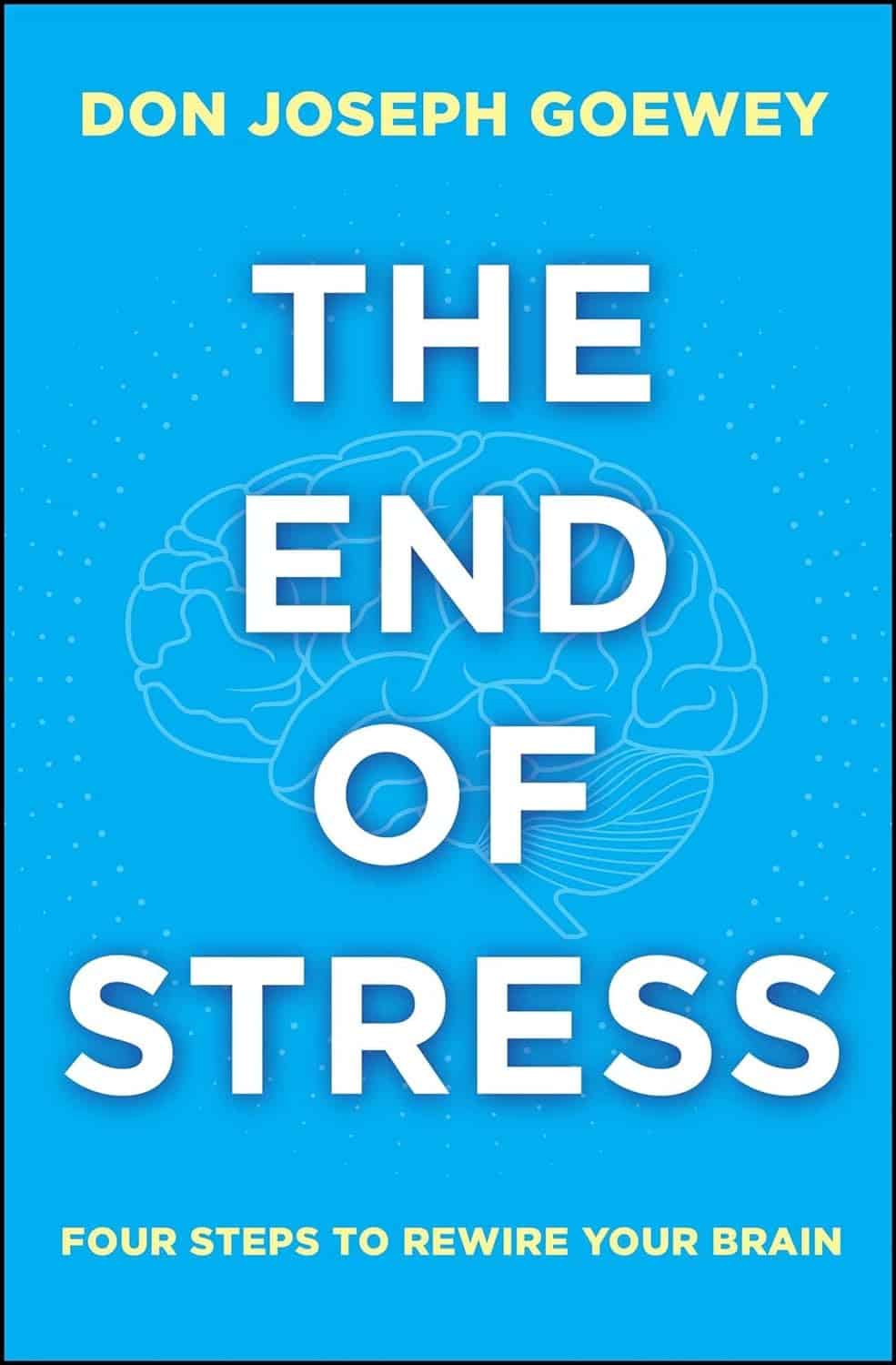
How to Eat to Change How You Drink – by Dr. Brooke Scheller
10almonds is reader-supported. We may, at no cost to you, receive a portion of sales if you purchase a product through a link in this article.
Whether you want to stop drinking or just cut down, this book can help. But what makes it different from the other reduce/stop drinking books we’ve reviewed?
Mostly, it’s about nutrition. This book focuses on the way that alcohol changes our relationship to food, our gut, our blood sugars, and more. The author also explains how reducing/stopping drinking, without bearing these things in mind, can be unnecessarily extra hard.
The remedy? To bear them in mind, of course, but that requires knowing them. So what she does is explain the physiology of what’s going on in terms of each of the above things (and more), and how to adjust your diet to make up for what alcohol has been doing to you, so that you can reduce/quit without feeling constantly terrible.
The style is very pop-science, light in tone, readable. She makes reference to a lot of hard science, but doesn’t discuss it in more depth than is necessary to convey the useful information. So, this is a practical book, aimed at all people who want to reduce/quit drinking.
Bottom line: if you feel like it’s hard to drink less because it feels like something is missing, it’s probably because indeed something is missing, and this book can help you bridge that gap!
Click here to check out How To Eat To Change How You Drink, and do just that!
Don’t Forget…
Did you arrive here from our newsletter? Don’t forget to return to the email to continue learning!
Recommended
Learn to Age Gracefully
Join the 98k+ American women taking control of their health & aging with our 100% free (and fun!) daily emails:
-
No, vitamin A does not prevent measles
10almonds is reader-supported. We may, at no cost to you, receive a portion of sales if you purchase a product through a link in this article.
As measles spreads in Texas, New Mexico, and other states, a Texas child died from measles for the first time in the United States since 2015. In a March 2 Fox News editorial, Health and Human Services Secretary Robert F. Kennedy Jr. hinted at the importance of vaccination and stated that good nutrition, including vitamin A, is a “best defense against most chronic and infectious illnesses.”
However, doctors and public health professionals say that vitamin A is not a replacement for the measles, mumps, and rubella (MMR) vaccine. Vitamin A is sometimes used to treat measles in the hospital—particularly in developing countries where people with poor nutrition tend to be vitamin A deficient. Experts also say that taking vitamin A when your body does not need it can be dangerous.
“It’s really important to distinguish prevention and treatment, and measles can be prevented, and it can be prevented one way: through vaccination,” Dr. Preeti Malani, infectious disease physician and professor at the University of Michigan, tells PGN. “The best treatment is to not get measles in the first place.”
Read on to learn the facts about vitamin A, what it’s used for, its risks, and what you should do to prevent measles.
What is vitamin A, and what does it have to do with measles?
Vitamin A is a fat-soluble vitamin, which means that it’s stored in the body’s fatty tissue and in the liver, and it’s absorbed with the fat in a person’s diet. Vitamin A helps with our vision, reproduction, growth, and immunity.
Vitamin A deficiency can increase the risk of death from measles, among other infections. The World Health Organization recommends it as a supplement along with vaccination for children at risk of vitamin A deficiency in developing countries.
However, vitamin A deficiency is rare in the U.S. because most people get enough of it through their diet. (Malani says that’s why research about the use of vitamin A to treat measles is limited in countries like the United States.)
“Vitamin A deficiency is a major problem in developing nations, particularly those that don’t have access to staple foods that have vitamin A,” says Andrea Love, PhD, a biomedical scientist and founder of the health communication organization Immunologic, to PGN. “The problem is that that’s been kind of extrapolated to high-income countries [like the United States], where vitamin A deficiency is really not a concern.”
Under Kennedy’s direction, the Centers for Disease Control and Prevention recently updated its guidance to recommend the use of vitamin A to treat severe measles in young children, but specifically in a hospital setting and under a doctor’s supervision.
Does vitamin A prevent measles?
No. Vitamin A does not prevent measles. The MMR vaccine is the best way to prevent a measles infection.
“Vitamin A is not an alternative to vaccination,” Malani adds. “We have a safe and highly effective vaccine that’s been available for decades—it will protect individuals [and] communities from an outbreak.”
Are there any risks to taking vitamin A?
Yes. If your body doesn’t need extra vitamin A, there are risks.
According to the National Institutes of Health, taking too much vitamin A (specifically, the type found in supplements and some medications) can cause nausea, severe headaches, blurred vision, muscle aches, and problems with coordination. In severe cases, it can also lead to coma and death. Taking too much vitamin A while pregnant can cause birth defects.
“If you’re already getting sufficient vitamin A from your diet, then when you consume more than what you need, those levels are going to build up in your body, in your fat stores, in your tissues, and you’re going to be at risk of both acute and chronic toxicity,” adds Love.
Water-soluble vitamins like vitamin C “get filtered out by your kidneys and you would pee it out, but fat-soluble vitamins [like vitamin A], don’t get processed and excreted as quickly; they start to build up in the body,” she says.
What can I do to protect myself from measles?
The MMR vaccine is the best way to protect yourself from measles. The CDC recommends children get two doses of the MMR vaccine: the first dose between 12 and 15 months and the second one between 4 and 6 years old.
Experts recommend that adults who are not sure about their vaccination or immunity status against measles get at least one dose of the MMR vaccine. Additionally, adults who are at high risk for measles (like health care workers and people who travel internationally) may need two additional doses.
According to the CDC, you can also get an MMR vaccine within 72 hours of initial exposure to measles, which can give you some protection or make your illness less severe. Additionally, there’s an antibody (a protective protein called immunoglobulin) that a doctor may recommend for high-risk people within six days of being exposed to measles.
For more information, talk to your health care provider.
This article first appeared on Public Good News and is republished here under a Creative Commons license.
Share This Post
-
Staying Sane In A Hyper-Connected World
10almonds is reader-supported. We may, at no cost to you, receive a portion of sales if you purchase a product through a link in this article.
Staying Sane In A Hyper-Connected World
There’s a war over there, a genocide in progress somewhere else, and another disease is ravaging the population of somewhere most Americans would struggle to point out on the map. Not only that, but that one politician is at it again, and sweeping wildfires are not doing climate change any favors.
To borrow an expression from Gen-Z…
“Oof”.
A Very Modern Mental Health Menace
For thousands of years, we have had wars and genocides and plagues and corrupt politicians and assorted major disasters. Dire circumstances are not new to us as a species. So what is new?
As some reactionary said during the dot-com boom, “the Internet doesn’t make people stupid; it just makes their stupidity more accessible”.
The same is true now of The Horrors™.
The Internet doesn’t, by and large, make the world worse. But what it does do is make the bad things much, much more accessible.
Understanding and empathy are not bad things, but watch out…
- When soldiers came home from the First World War, those who hadn’t been there had no conception of the horrors that had been endured. That made it harder for the survivors to get support. That was bad.
- Nowadays, while mass media covering horrors certainly doesn’t convey the half of it, even the half it does convey can be overwhelming. This is also bad.
The insidious part is: while people are subjectively reporting good physical/mental health, the reports of the symptoms of poor physical/mental health from the same population do not agree:
Stress in America 2023: A nation grappling with psychological impacts of collective trauma
Should we just not watch the news?
In principle that’s an option, but it’s difficult to avoid, unless you truly live under a rock, and also do not frequent any social media at all. And besides, isn’t it our duty as citizens of this world to stay informed? How else can we make informed choices?
Staying informed, mindfully
There are steps that can be taken to keep ourselves informed, while protecting our mental health:
- Choose your sources wisely. Primary sources (e.g. tweets and videos from people who are there) will usually be most authentic, but also most traumatizing. Dispassionate broadsheets may gloss over or misrepresent things more (something that can be countered a bit by reading an opposing view from a publication you hate on principle), but will offer more of an emotional buffer.
- Boundary your consumption of the news. Set a timer and avoid doomscrolling. Your phone (or other device) may help with this if you set a screentime limit per app where you consume that kind of media.
- Take (again, boundaried) time to reflect. If you don’t, your brain will keep grinding at it “like a fork in the garbage disposal”. Talking about your feelings on the topic with a trusted person is great; journaling is also a top-tier more private option.
- If you feel helpless, help. Taking even small actions to help in the face of suffering somewhere else (e.g. donating to relief funds, engaging in advocacy / hounding your government about it), can help alleviate feelings of anguish and helplessness. And of course, as a bonus, it actually helps in the real world too.
- When you relax, relax fully. Even critical care doctors need downtime, nobody can be “always on” without burning out. So whatever distracts and relaxes you completely, make sure to make time for that too.
Want to know more?
That’s all we have room for today, but you might like to check out:
- Distressing images and videos can take a toll on our mental health. How can we stay informed without being traumatised?
- PTSD expert on how to protect yourself and your kids from overexposure to war images from the Mideast
You also might like our previous main features:
- C-PTSD, And What To Do When Life Genuinely Sucks
- A Surprisingly Powerful Tool: Eye Movement Desensitization & Reprocessing
Take care!
Share This Post
-
What Curiosity Really Kills
10almonds is reader-supported. We may, at no cost to you, receive a portion of sales if you purchase a product through a link in this article.
Curiosity Kills The Neurodegeneration
Of the seven things that Leonardo da Vinci considered most important for developing and maintaining the mind, number one on his list was curiosity, and we’re going to be focussing on that today.
In case you are curious about what seven things made Leonardo’s* list, they were:
- Curiosità: an insatiably curious approach to life and an unrelenting quest for continuous learning
- Dimostrazione: a commitment to test knowledge through experience, persistence, and a willingness to learn from mistakes
- Sensazione: the continual refinement of the senses, especially sight, as a means to enliven experience
- Sfumato: (lit: “gone up in smoke”) a willingness to embrace ambiguity, paradox, and uncertainty
- Arte/Scienza: the curated balance of art and science, imagination and logic
- Corporalità: the cultivation of physical grace, ambidexterity, and fitness
- Connessione: a recognition of and appreciation for the interconnectedness of phenomena (systems-based thinking)
*In case you are curious why we wrote “Leonardo” and not “da Vinci” as per our usual convention of shortening names to last names, da Vinci is not technically a name, in much the same way as “of Nazareth” was not a name.
You can read more about all 7 of these in a book that we’ve reviewed previously:
How to Think Like Leonardo da Vinci: Seven Steps to Genius Every Day – by Michael J. Gelb
But for now, let’s take on “curiosity”!
If you need an extra reason to focus on growing and nurturing your curiosity, it was also #1 of Dr. Daniel Levitin’s list of…
The Five Keys Of Aging Healthily
…and that’s from a modern-day neuroscientist whose research focuses on aging, the brain, health, productivity, and creativity.
But how do we foster curiosity in the age of Google?
Curiosity is like a muscle: use it or lose it
While it’s true that many things can be Googled to satisfy one’s curiosity in an instant…
- do you? It’s only useful if you do use it
- is the top result on Google reliable?
- there are many things that aren’t available there
In short: douse “fast
foodinformation” sources, but don’t rely on them! Not just for the sake of having correct information, but also: for the actual brain benefits which is what we are aiming for here with today’s article.If you want the best brain benefits, dive in, and go deep
Here at 10almonds we often present superficial information, with links to deeper information (often: scholarly articles). We do this because a) there’s only so much we can fit in our articles and b) we know you only have so much time available, and/but may choose to dive deeper.
Think of it in layers, e.g:
- Collagen is good for joints and bones
- Collagen is a protein made of these amino acids that also requires these vitamins and minerals to be present in order to formulate it
- Those amino acids are needed in these quantities, of which this particular one is usually the weakest link that might need supplementing, and those vitamins and minerals need to be within this period of time, but not these ones at the exact same time, or else it will disrupt the process of collagen synthesis
(in case you’re curious, we covered this here and here and offered a very good, very in-depth book about it here)
Now, this doesn’t mean that to have a healthy brain you need to have the equivalent knowledge of an anatomy & physiology degree, but it is good to have that level of curiosity in at least some areas of your life—and the more, the better.
Top tips for developing a habit of curiosity
As you probably know, most of our endeavors as humans go best when they are habits:
How To Really Pick Up (And Keep!) Those Habits
And as for specifically building a habit of curiosity:
- Make a deal with yourself that when someone is excited to tell you what they know about something (no matter whether it is your grandkid, or the socially awkward nerd at a party, or whoever), listen and learn, no matter the topic.
- Learn at least one language other than your native language (presumably English for most of our readers). Not only does learning a language convey a lot of brain benefits of its own, but also, it is almost impossible to separate language learning from cultural learning, and so you will learn a lot about another culture too, and have whole new worlds opened up to you. Again, more is better, but one second language is already a lot better than none.
- Make a regular habit of going to your local library, and picking out a non-fiction book to take home and read. This has an advantage over a bookshop, by the way (and not just that the library is free): since library books must be returned, you will keep going back, and build a habit of taking out books.
- Pick a skill that you’d like to make into a fully-fledged hobby, and commit to continually learning as much about it as you can. We already covered language-learning above, but others might include: gardening (perhaps a specific kind), cooking (perhaps a specific kind), needlecraft (perhaps a specific kind), dance (perhaps a specific kind). You could learn a musical instrument. Or it could be something very directly useful, like learning to be a first responder in case of emergencies, and committing to continually learning more about it (because there is always more to learn).
And when it comes to the above choices… Pick things that excite you, regardless of how practical or not they are. Because that stimulation that keeps on driving you? That’s what keeps your brain active, healthy, and sharp.
Enjoy!
Share This Post
Related Posts
-
Celeriac vs Celery – Which is Healthier?
10almonds is reader-supported. We may, at no cost to you, receive a portion of sales if you purchase a product through a link in this article.
Our Verdict
When comparing celeriac to celery, we picked the celeriac.
Why?
Yes, these are essentially the same plant, but there are important nutritional differences:
In terms of macros, celeriac has more than 2x the protein, and slightly more carbs and fiber. Both are very low glycemic index, so the higher protein and fiber makes celeriac the winner in this category.
In the category of vitamins, celeriac has more of vitamins B1, B3, B5, B6, C, E, K, and choline, while celery has more of vitamins A and B9. An easy win for celeriac.
When it comes to minerals, celeriac has more copper, calcium, iron, magnesium, manganese, phosphorus, potassium, selenium, and zinc, while celery is not higher in any minerals. Another obvious win for celeriac.
Adding these sections up makes for a clear overall win for celeriac, but by all means enjoy either or both!
Want to learn more?
You might like to read:
What’s Your Plant Diversity Score?
Take care!
Don’t Forget…
Did you arrive here from our newsletter? Don’t forget to return to the email to continue learning!
Learn to Age Gracefully
Join the 98k+ American women taking control of their health & aging with our 100% free (and fun!) daily emails:
-
Unbroken – by Dr. MaryCatherine McDonald
10almonds is reader-supported. We may, at no cost to you, receive a portion of sales if you purchase a product through a link in this article.
We’ve reviewed books about trauma before, so what makes this one different? Mostly, it’s the different framing.
Dr. McDonald advocates for a neurobiological understanding of trauma, which really levels the playing field when it comes to different types of trauma that are often treated very differently, when the end result in the brain is more or less the same.
Does this mean she proposes a “one-size fits all” approach? Kind of!
Insofar as she offers a one-size fits all approach that is then personalized by the user, but most of her advices will go for most kinds of trauma in any case. This is particularly useful for any of us who’ve ever hit a wall with therapists when they expect a person to only be carrying one major trauma.
Instead, with Dr. McDonald’s approach, we can take her methods and use them for each one.
After an introduction and overview, each chapter contains a different set of relevant psychological science explored through a case study, and then at the end of the chapter, tools to use and try out.
The style is very light and readable, notwithstanding the weighty subject matter.
Bottom line: if you’ve been trying to deal with (or avoid dealing with) some kind(s) of trauma, this book will doubtlessly contain at least a few new tools for you. It did for this reviewer, who reads a lot!
Click here to check out Unbroken, because it’s never too late to heal!
Don’t Forget…
Did you arrive here from our newsletter? Don’t forget to return to the email to continue learning!
Learn to Age Gracefully
Join the 98k+ American women taking control of their health & aging with our 100% free (and fun!) daily emails:
-
The End of Stress – by Don Joseph Goewey
10almonds is reader-supported. We may, at no cost to you, receive a portion of sales if you purchase a product through a link in this article.
So, we probably know to remember to take a deep breath once in a while, and adopt a “focus on what you can control, rather than what you can’t” attitude. In this book, Goewey covers a lot more.
After an overview of how we have a brain wired for stress, what it does to us, and why we should rewire that, he dives straight into such topics as:
- Letting go of fear—safely!
- Number-crunching the real risks
- Leading with good decisions, and trusting the process
- Actively practicing a peaceful mindset (some very good tips here)
- Transcending shame (and thus sidestepping the stress that it may otherwise bring)
The book brings together a lot of ideas and factors, seamlessly. From scientific data to case studies, to “try this and see”, encouraging us to try certain exercises for ourselves and be surprised at the results.
All in all, this is a great book on not just managing stress, but—as the title suggests—ending it in all and any cases it’s not useful to us. In other words, this book? It is useful to us.
Don’t Forget…
Did you arrive here from our newsletter? Don’t forget to return to the email to continue learning!
Learn to Age Gracefully
Join the 98k+ American women taking control of their health & aging with our 100% free (and fun!) daily emails:







